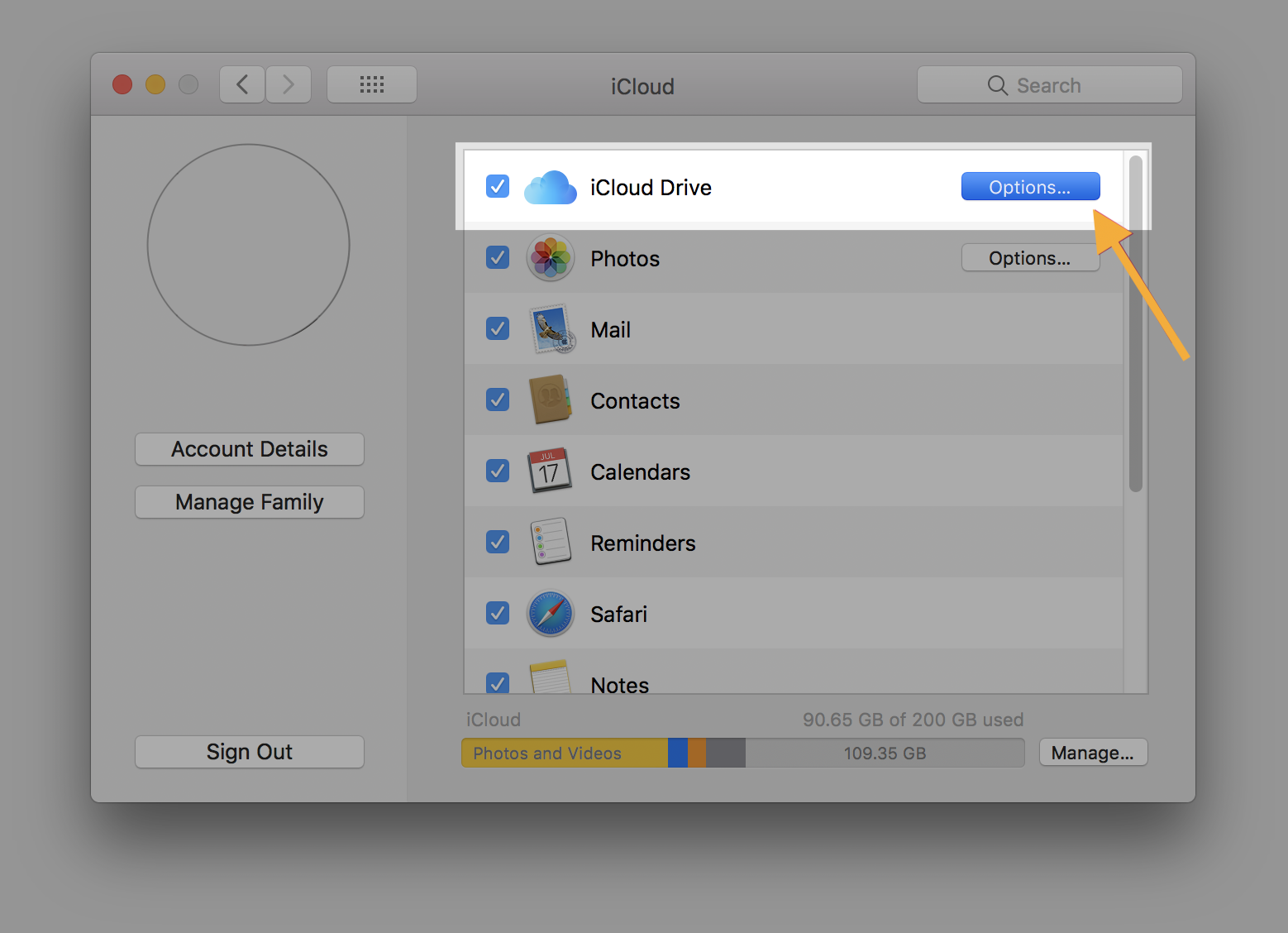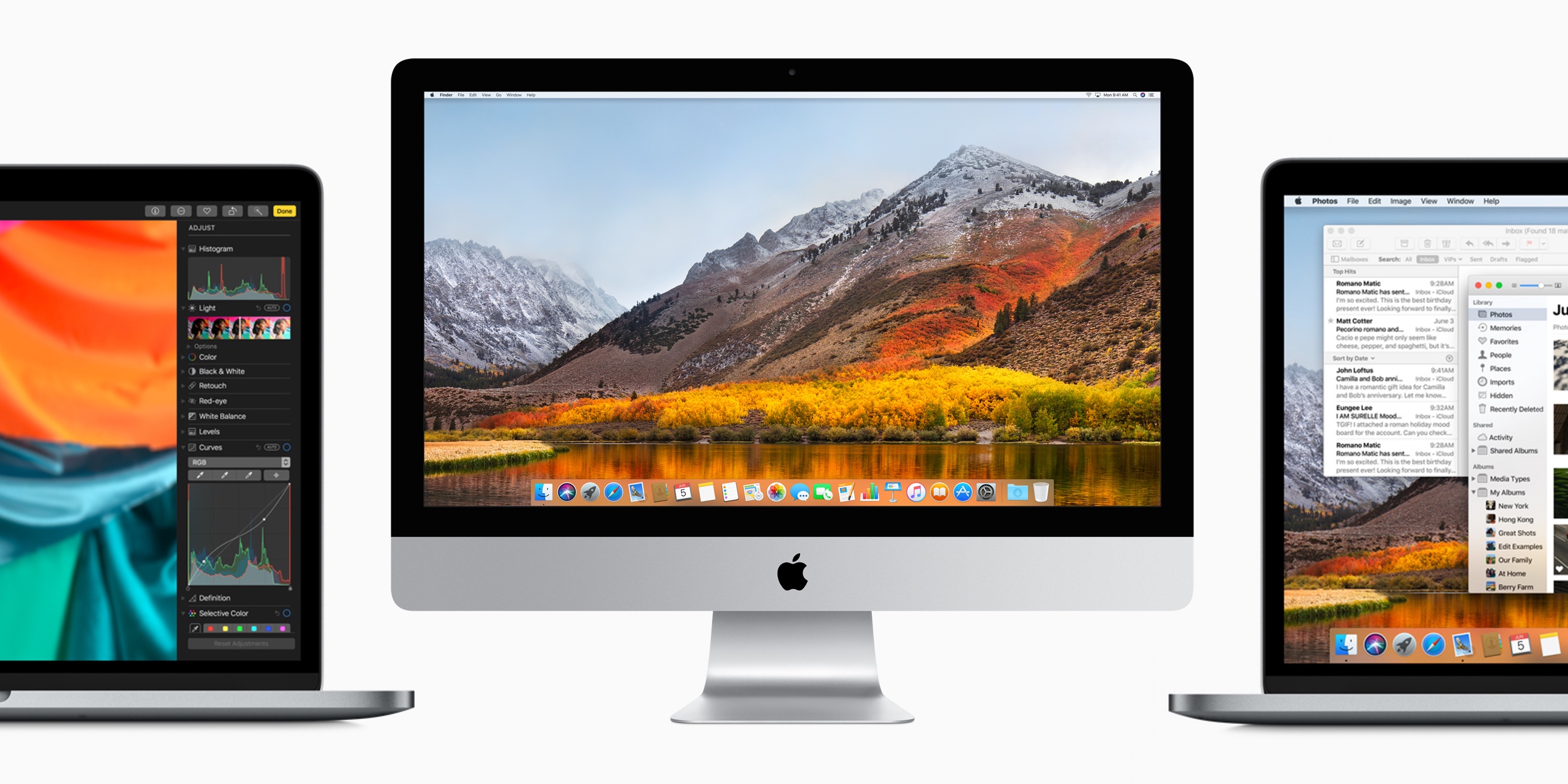
- #Startup folder for mac high sierra how to#
- #Startup folder for mac high sierra for mac os x#
- #Startup folder for mac high sierra install#
#Startup folder for mac high sierra how to#
14 Mojave installer on Mac How to create MacOS Mojave, High Sierra, Sierra bootable usb installer on Windows. You can now quit Terminal and eject the volume. Once downloaded, you must extract game folder from.
#Startup folder for mac high sierra install#
#Startup folder for mac high sierra for mac os x#
* If your Mac is using macOS Sierra or earlier, include the -applicationpath argument and installer path, similar to the way this is done in the command for El Capitan. Download ImageJ for Mac OS X from the Download page. Sudo /Applications/Install\ OS\ X\ El\ Capitan.app/Contents/Resources/createinstallmedia -volume /Volumes/ MyVolume -applicationpath /Applications/Install\ OS\ X\ El\ Capitan.app

Sudo /Applications/Install\ macOS\ High\ Sierra.app/Contents/Resources/createinstallmedia -volume /Volumes/ MyVolume Let the installer complete, when finished you will be informed that the process has completed Once you have created the USB boot installer drive for macOS High Sierra, you can either launch it immediately to install macOS High Sierra on the current Mac, reboot and startup from the USB installer drive, or eject it and use it on another Mac. Sudo /Applications/Install\ macOS\ Mojave.app/Contents/Resources/createinstallmedia -volume /Volumes/ MyVolume Sudo /Applications/Install\ macOS\ Catalina.app/Contents/Resources/createinstallmedia -volume /Volumes/ MyVolume Sudo /Applications/Install\ macOS\ Big\ Sur.app/Contents/Resources/createinstallmedia -volume /Volumes/ MyVolume If it has a different name, replace MyVolume in these commands with the name of your volume. These assume that the installer is in your Applications folder, and MyVolume is the name of the USB flash drive or other volume you're using. Type or paste one of the following commands in Terminal.

Open Terminal, which is in the Utilities folder of your Applications folder.Connect the USB flash drive or other volume that you're using for the bootable installer.


 0 kommentar(er)
0 kommentar(er)
